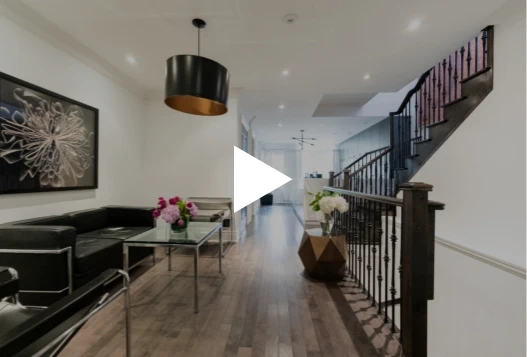By Jerome Edelstein, MD
A Brazilian Butt Lift (BBL) enhances the contour and volume of the buttocks by transferring fat removed from unwanted areas of the body and injecting it into the buttocks. A BBL is a safe and simple procedure that delivers results that look and feel natural. However, only a portion of the transferred fat survives in its new location. The percentage of fat cells that sustain themselves long-term varies widely depending on a host of factors, including the total volume transferred, the tightness and elasticity of skin in the new location, and the patient aftercare during recovery. Although various factors influence fat survival, every plastic surgeon can agree that the patient’s recovery has the most significant impact on determining the survival rate of the fat cells and the final BBL results.
If you are interested in a BBL and are wondering how you can best preserve the greatest amount of transferred fat, here are ten tips that can help ensure better cell survival.
Wear the correct garments
Beyond the instructed compression and shaping garments that your plastic surgeon has recommended, it is also important to wear clothing that supports your healing. Avoid tight or restrictive clothing during recovery since squeezing newly transferred fat into pants is a guaranteed way of killing those cells.
Feed the fat
To promote the survival of the fat cells, your body will need to create a completely new blood supply for them. Thus, it is crucial for you to eat well and to eat a sufficient amount to support the increased energy expenditure in recovery. The addition of healthy fats and nutrient-dense foods such as avocados, salmon, almonds, walnuts, and extra virgin olive oil is a great way to ensure that you body is getting what it needs to heal properly.
Sleep in a creative fashion
After a BBL, it is extremely important that you do not apply pressure to your buttocks for an extended period of time. Therefore, sleeping is going to require some creativity to ensure that you do not lay on your transferred fat. The best position is stomach sleeping since it reduces the risk that you will accidentally turn onto your backside, however side sleeping is also an option if you are careful.
No driving
After a BBL, driving is not advisable because it is worse for the survival of fat cells than sitting. When driving and pushing down on pedals, there is excess force applied to your buttocks and lower back which leads to increased cell death. If driving is limited until you have fully recovered, a larger percentage of transferred fat will survive and stay intact.
Sit on your thighs instead
It is recommended to sit on a soft, air-cushion when sitting is necessary after a BBL. However, here is another key tip to prevent accidentally applying pressure to the buttocks: Simply roll up a towel and place it underneath your thighs as you sit, as this will help keep weight off your buttocks.
No smoking
Smoking is absolutely forbidden after a BBL since it negatively affects the flow of oxygen and nutrients, hence impeding the ability of the body to heal; particularly with fat transfer, the cells need to establish a blood supply in order to survive in their new location. Smoking slows down the process of building new blood vessels and results in less blood being delivered to the fat cells during recovery. Fat cells become unhealthy and ultimately die from lack of nutrients.
Avoid exercising until Week 8 of recovery
Exercise is great for encouraging blood circulation throughout the body, however you should avoid strenuous physical activity during the first two months of recovery because it could potentially promote the loss of transferred fat cells. Instead, try light walking or movements that limit pressure on the buttocks. From 2 months to 6 months, it is generally recommended that you avoid exercise that promotes weight loss. Yoga, Pilates, and Weight training are OK, but cardio and fat-burning exercise should be avoided.
Use platelet-rich plasma (PRP)
This treatment, which has recently gained popularity, supports the establishment of new blood vessels.
Keeping hydrated
When the body is undergoing recovery, it is important for it to have a sufficient supply of water to help clear away waste and toxins from the body. In addition to just water, electrolytes are key to proper water retention within the body. Try to incorporate a few pinches of salt or a sports drink into your diet.
Maintain a stable weight
After a BBL, significant fluctuations in weight can negatively affect your results. Weight gain can be problematic because fat can accumulate in undesirable areas and lead to a change in the newly, sculpted body shape. On the other hand, significant weight loss can cause a decrease in volume in the BBL result.
